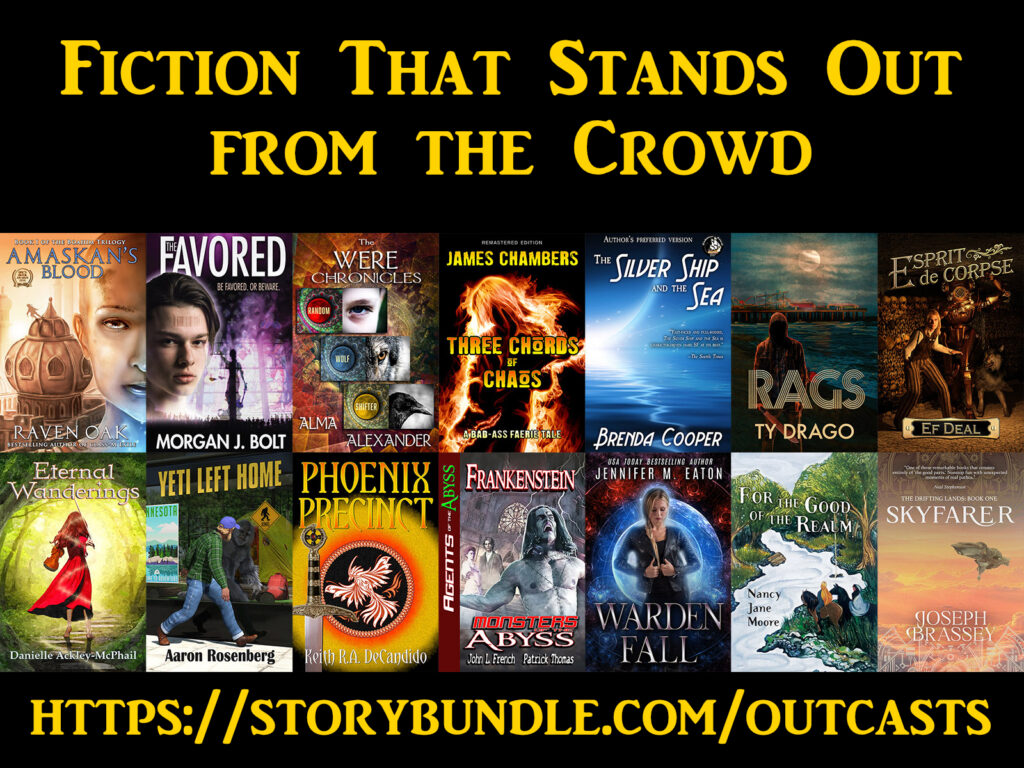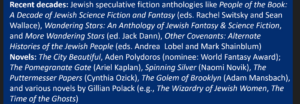I have 2 posts for you in the same day because this week is suddenly impossibly different. I wrote the prior post before the massacre and am spending my whole Chanukah dealing with consequences for myself and friends. My Baltimore nephew just checked in on me and I never would have thought that, with US shootings, it would be he who had to check in on me.
If you need to understand what happened, ask me, and I’ll post more next Monday. In the interim, I’m seeing a total lack of knowledge about Jewish Australia. Loads of generic good wishes and concern for safety, and some friends write to me directly and most put general statements on FB and don’t think that, just maybe, every single Jewish Australian is in mourning. Some people are full of theories about the role of Israel and want to share their theory without stopping to say, first, that they’re sorry that so many people were murdered and they mourn with us. Their thoughts count more than the humans caught up in this mess. This is what happened here when we heard about the Tree of Life stuff from 2018. I have a friend who goes to that shul and I was there for her then and she’s there for me now and it’s all so wrong. We should be complaining about the weather, not worried about getting safely through the week.
Even the least antisemitic non-Jewish Australians other Jews. American friends help. I wish the reasons for you understanding were not so full of hurt, but I’m grateful to every single one of you who reaches out to me.
How do we handle this? For me, books always help. I posted about this on Facebook – I thought I’d copy my post for you here. maybe books help you, too. After all, Jewish Australia is very, very different to Jewish America. For one thing, we think we’re much wittier and we like our spelling more and… Australian Rules Football. (The footie is an argument in itself – ask me why sometime)
From FB, but with more notes):
Jewish Australia is in the news for the worst possible reason and it might help some people if they know who we are. Jewish Australians may not be many, but our culture is diverse and very Australian. I thought you might like some books to understand a bit better. I’ve included one of my novels, because it’s specifically about Sydney Jews and so that you can have a novel to read if the others are too much right now. It’s safer: the protagonist merely discovered she has Jew cooties – having Jew cooties was much less scary back then.
Apple, Raymond. The Great Synagogue: A History of Sydney’s Big Shule (one of the most important synagogues in the country, and definitely the most important Modern Australian Orthodox synagogue in Sydney, often targeted by marchers who claim they’re not bigots – not yet bombed – the recently-bombed synagogues were in Melbourne)
Baker, Mark The Fiftieth Gate (Mark was an historian, just ahead of me at university. Australia has/had per capita, the biggest Holocaust survivor population outside Israel and one of these survivors was murdered on Sunday. Mark had to deal with those issues as an historian and also a child of survivors. This is that book.)
Gawenda, Michael My Life as a Jew (very recent. Michael was the editor of a major newspaper and so experienced antisemitism quite differently to most of us. He was born in a displacement camp.)
Kofman, Lee and Tamar Paluch Ruptured (a new anthology that shows the path Jewish women walked in the time after October 7.)
Polack, Gillian The Wizardry of Jewish Women (I’ve written far more Jewish things than this, but this is a novel exploring Jewish Australia from the view of someone who nearly lost all their Jewish past. What’s important about it here, is that Judith’s friends are all people from the Left who would not even talk to her now. I’m exploring this a little in short stories, which my Patreon folk have been reading. When I have enough, I’ll think about a story collection. I’m only 2 stories away from enough.)
Rutland, Suzanne The Jews in Australia (the standard history, dated but a very handy introduction)
Sackville-O’Donnell, Judith The first Fagin: the true story of Ikey Solomon (This is a fun way of discovering what’s now Tasmania’s early Jewish population. The differences between Fagin and the guy who inspired him are immense and tell a lot about antisemitism and how it warps things.)
Zable, Arnold Jewels and Ashes (And Aussie classic, all about the last days of a family in Bialystock. Arnold is one of our best story tellers and helped me understand why my grandfather wouldn’t talk about his childhood nor his lost family. His father brought him to Australia in 1917 or 1918, and 35 years later there was no family in Poland at all. Arnold was the last family connection to leave. His family was on a boat on the way here and were banned from entry because Australia had put up fences to keep jews out. Arnold’s family managed to be accepted in New Zealand and they moved here later. In the book, Feivel is the one who married my mother’s cousin. 120,000 people is not a lot, but it’s an enormous number compared with the hundreds in Australia prior to 1810 or the thousands in most of the 19th century. Older families are very interconnected, which is why I have so many links with the authors of these books. I don’t have the same links with post 1950s arrivals – we’re a complex bunch.)
If you want more, try here: Australian Jewish Writers Database | Jewish Australia It’s not updated frequently and it’s not complete, but it gives you a sense of the range of Jewish voices in Australia. You won’t hear most of those voices at Australian literary conventions. I’d love to see suggestions for other books that talk about Jewish Australia.
We’re not a big community, and we only go back to 1788, but there are lots of connections between this group or that group. Some other writers have no idea I exist, while others have known me or my family forever. Through my family, I am connected to several other writers. Some of them have met me but are unlikely to remember me. My favourite example of this is Michael Gawenda. His sister married my uncle and Michael and I sat on the same table at my cousins barmie. Arnold Zable is another example. His most famous book includes relatives of mine. And one conference of the HNSA I found myself next to one of my favourite children’s writers… who turned out to be my aunt’s best friend. Others were connected through school or university: Mark Baker was just ahead of me at university, while Raymond Apple went to Sunday school with my mother when I asked him. He was my rabbi when I lived in Sydney.
How does this play out everyday? We catch up a bit when we see each other, or we do introductions from scratch because we didn’t know each other well as it was 20 years since last time, or (and this one happened to me recently) the usual checks on “Are we related” can turn into something hurtful.
One of the reasons Jewish Australians know each other is because we have a kind of verbal code to find out connections. We talk about relatives and their experiences past and present – this also works with almost anyone with a military background and, entertainingly, with the very far left – or it used to, when they would chat with me. One New Year’s Eve I was sitting with a member of the Communist Party of Australia and we chatted happily for ages because “You’re A’s cousin!” When someone has not had a traditional upbringing, they don’t know this and much hurt can ensue. This is a more recent phenomenon, and most arises when someone from the left needs the right shibboleths said to accept that I’m an acceptable Jew to talk to.
Anyhow, if you want to read more books or want to learn specific aspects of Australian Jewishness, just ask. Books help. Questions and answers help even more.




